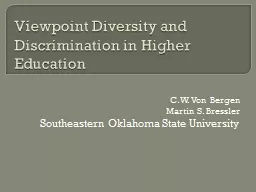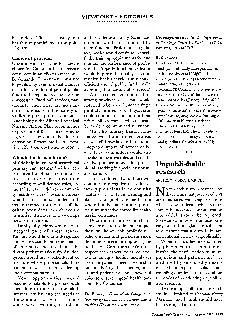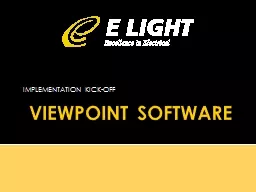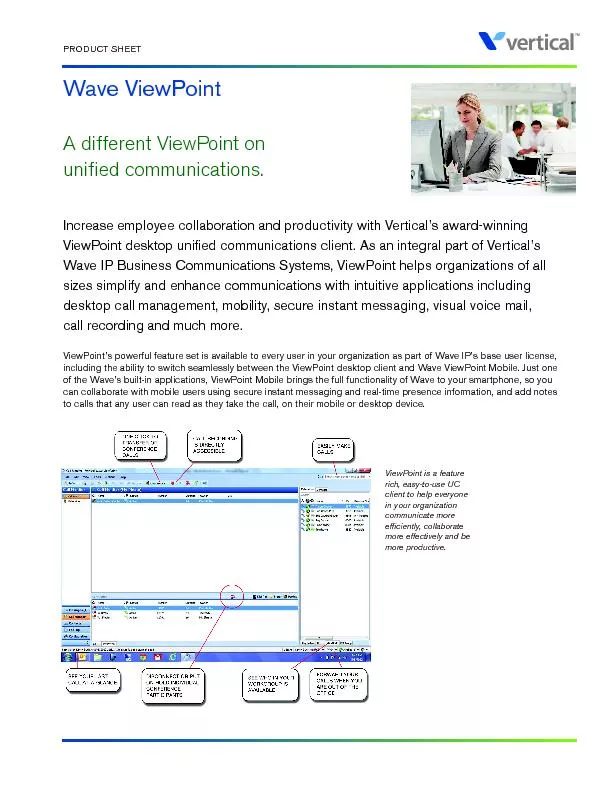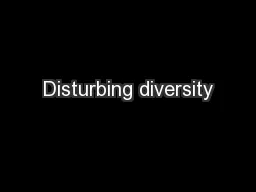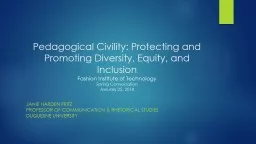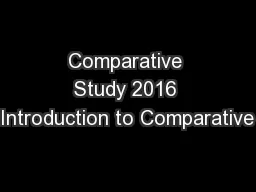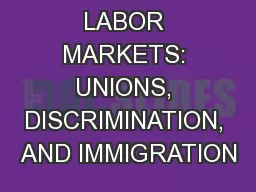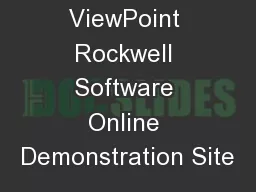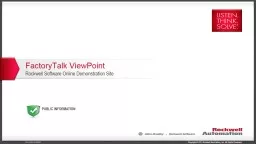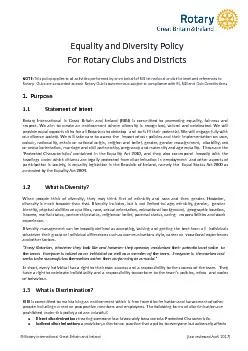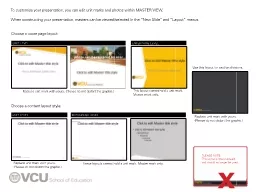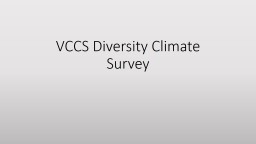PPT-Viewpoint Diversity and Discrimination in Higher Education
Author : alida-meadow | Published Date : 2018-03-17
CW Von Bergen Martin S Bressler Southeastern Oklahoma State University We American colleges and universities champion tolerance except for conservatives and evangelical
Presentation Embed Code
Download Presentation
Download Presentation The PPT/PDF document "Viewpoint Diversity and Discrimination i..." is the property of its rightful owner. Permission is granted to download and print the materials on this website for personal, non-commercial use only, and to display it on your personal computer provided you do not modify the materials and that you retain all copyright notices contained in the materials. By downloading content from our website, you accept the terms of this agreement.
Viewpoint Diversity and Discrimination in Higher Education: Transcript
Download Rules Of Document
"Viewpoint Diversity and Discrimination in Higher Education"The content belongs to its owner. You may download and print it for personal use, without modification, and keep all copyright notices. By downloading, you agree to these terms.
Related Documents

